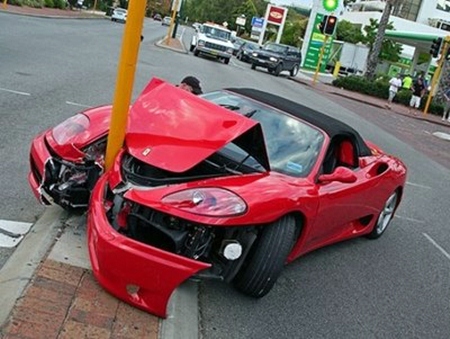What is in store for the motorists in the next decade? These examples are not “concepts”, but the technology is here now. For many OEM’s (Original Equipment Manufacturer), the integration of the new technologies is the only item slowing its adoption. That and the price, of course. In the competitive marketplace of today, the base cost is always a dilemma. The answer, however, is to make all the new technological applications ‘delete options’. And since the new car buyer is not really aware of what is coming, this makes it easier for the automaker.
One such example is emergency brake assist. The technology is simple. It is easily programmed into the vehicle for it to appreciate how much traction it has, as well as how many meters it is going to take to brake in time to avoid an accident. However, if you are still too fast, further braking is too late. But this is where Emergency Steer Assist (ESA) comes in. Yes, saved by the alphabet again!
 Alphabet soup?
Alphabet soup?
Designed to complement emergency braking systems, ESA works with your electric steering rack to vary the torque by direction, thus very convincingly “suggesting” the proper steering wheel motion. Suppose you need to swerve left – the torque in the clockwise motion is greatly increased (resistance), but it is very easy to turn the wheel counterclockwise. Similarly, during the maneuver recovery phase (you may know this as a tank slapper), the inverse is true, the steering working in tandem with ESC (electronic stability control, mandatory on all cars in Europe since 2011) to control the after effects of the swerve.
A new type of tyre sensor, called Intelligent Tyre System/Fill Assist, mounted on the inner tyre tread (as opposed to the wheel), measures tyre pressure, temperature, g-force and load. It weighs only a few grams. When a heavy load is detected, for example, the system can notify the driver that more air pressure is needed to optimize gas mileage, handling and safety. The sensors also communicate with ABS and ESC, so that these systems can optimize for a given tyre pressure or vehicle load. Very much F1 technology brought to the daily traffic situations.
According to market research company JD Power and Associates, new car sales should reach 17.2 million in the USA and Canada in 2013. How many of these will have the new “fail-proof” technology, I wonder? Adoption of these technologies has never been Thailand’s forte.




